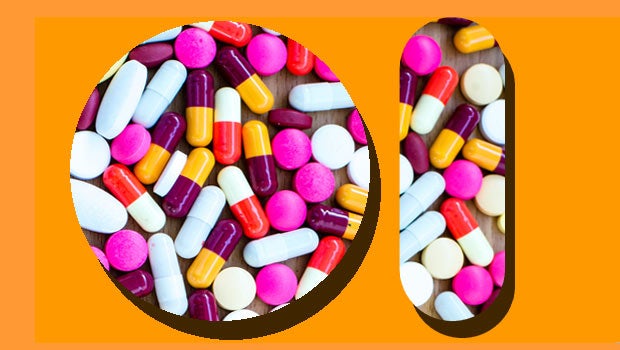
Pegfilgrastim and Pegasys (Peginterferon) are two very different medications meant to treat different conditions. Yet the similarities between the two drugs’ names nearly resulted in a medication error.
Senior Staff Nurse (SSN) Yvonne Tan had just started her shift and was looking through her patient’s details in the Citrix system when she noticed that the morning round Medical Officer (MO) had prescribed Pegasys, or Peginterferon, a drug meant to treat patients with chronic hepatitis B or C.
The only thing is her patient did not have any pre-existing liver conditions.
Sensing that the MO might have mixed the medication order up with the patient’s original prescription of Pegfilgrastim, SSN Tan immediately checked the case notes and with the morning staff nurse in-charge.
Once she had ascertained that it was indeed an erroneous order, she quickly alerted the medical team on call to rectify the order. The team later found that the mistake was caused by a selection error between the two similar drug names.
“My first priority is always to ensure the safety of the patient. This means conscientiously looking through the Citrix system before taking over the shift and making it a point to familiarise myself with my patient’s condition,” said SSN Tan.
Other than sharing this learning experience at nursing roll call, the case has also been reported in SGH’s Risk Management System (RMS).
Dr Ho Le Onn, Assistant Director, Clinical Governance, SGH, shared that the hospital is constantly reviewing processes and systems to better differentiate similar drugs. Currently, similar drugs, once identified, are appropriately labelled with stickers and stored at different locations to prevent mix-ups. In addition, a list of high-risk drugs prone to frequent error is highlighted in a list on infopedia as reinforcement and reference for staff.
He added, “For the purpose of prescribing, the current Sunrise Clinical Manager (SCM) highlights lookalike drugs using Tall Man Lettering*. We are also considering implementing a new framework within the ordering system where drug indications are included in parenthesis next to the lookalike drug names.”
On the reporting of error-prone areas in our healthcare system, Dr Ho echoes SGH Chief Quality Officer, Prof Tan Ban Hock’s sentiments that “you do not need to know that you are right, but only need to feel that something is wrong”. As long as something feels amiss, one should not hesitate to speak up.
In the meantime, thanks to SSN Tan’s vigilance, a good catch was made, and a potential harm to the patient was averted. Indeed, each member of the team can play “gatekeeper” to preventable harm. In comparison to the repercussions of a medical error on the patient and those involved, it is little effort to help each other spot good catches and learn from them!
*Tall Man Lettering - the practice of writing part of a drug's name in upper case letters to help distinguish sound-alike, look-alike drugs from one another.
SSN Yvonne Tan is a recipient of the SingHealth Family Target Zero Harm Award. The Award recognises healthcare staff who have significantly raised the standards of patient safety, eliminated preventable errors and spoke up against unsafe practices in the hospitals and clinics.
This year, the Award was presented to ten individual nurses and two nurse-led teams from KKH, NHCS, NCCS and SGH.













 Get it on Google Play
Get it on Google Play